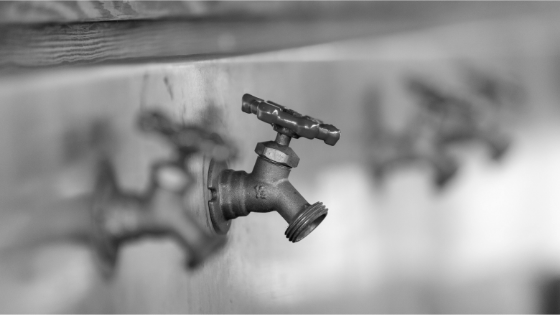The wheels of manufacturing are starting to turn again. However, a new version of normal will greet us as we return to work.
Rather than simply picking up where we left off, we will have extra considerations to make. We will need to take account of the need for social distancing, increased hygiene measures and the increased use of PPE.
It will also be necessary to consider that water systems have been standing idle. Effective management of your restart process will need to take account of this additional risk.
Legionella Bacteria
The legionella bacterium is found in water. Legionella simply needs temperatures between 20 and 45 degrees centigrade to multiply. Stagnant conditions facilitate exponential growth of the bacterium. Therefore, as we return to our workplace we should pay particular attention to our water systems.
Water Systems
As with all HSE hazards it is the duty holder’s responsibility to manage the risk of legionella. Water systems take many forms – all of which should be included in the management of your business’ restart process. They include:
- Cooling towers and other evaporative cooling systems such as air conditioning systems
- Manufacturing process water systems
- Hot and cold water systems
Cooling Towers and Air Conditioning Systems
Because of their innate potential (water and warmth), these systems will have existing schemes of operation that cover both shut down and restart protocols. These schemes should be adhered to. If your cooling systems have been shut down for over a month they should be thoroughly drained, cleaned and disinfected in line with your written scheme.
Process Systems
Processing systems that require water to cool working machinery should be drained and flushed thoroughly to prevent inhalation of bacteria. This will also have the further advantage of helping to remove sludge and swarf build up before manufacturing processes resume.
Hot and Cold Water Systems
If you have a domestic-sized water system which may now be infrequently used, this should be flushed on a weekly basis in order to prevent stagnation.
Should this not be possible, competent advice should be sought to ensure systems are flushed and disinfected before the premises are reopened.
Larger systems require more comprehensive flushing. This will ensure the system is cleared of any stagnant water, scale and sludge. Fully opening all valves will facilitate the free flow of the disinfection process and aid thorough cleansing.
Once the system has been thoroughly flushed through, remaining sludge should be cleaned off and a suitable concentration of biocide used to remove any remaining biofilm in the system. If you have any further queries regarding Health and Safety Guidelines, HSG274 part 2 gives practical guidance concerning the management of risks related to legionella bacterium exposure.
An Occupational Hygienist will be in a position to offer more tailored advice with regard to the management of risks in your particular working environment. They will advise on the concentration of biocides to be used and offer pathways that ensure that your restart process system is managed in a safe and effective manner.
We’re here to help
If you need any help or advice, we’re happy to assist. Our experienced occupational hygienists have many years experience covering a wide range of industries and can help with your legionella risk assessment.
Our approach
Get in touch with Workplace Exposure, either give us a call on 0800 689 4386, or fill in our enquiry form to discuss your monitoring or consultancy requirements.
We’ll then provide you with a no obligation proposal, we can often give an initial idea of fees whilst we discuss your needs.
Once you’ve accepted our proposal we can then schedule the work.
Following our site visit we’ll provide you with a comprehensive report giving you advice, recommendations and control measures where appropriate.
Implement the outcomes for compliance and a happier healthier workplace.
